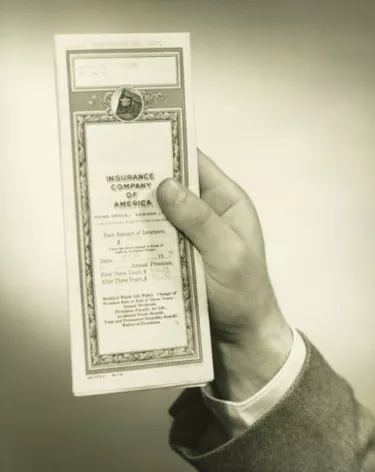
Insurance companies aren't in business to bail out customers who are in a tight financial space. They are in business to make money. For this reason, all homeowners' insurance policies include a list of exceptions; circumstances under which they will not pay out a benefit even when the homeowner suffers damage or a loss. Floor rot, because it can be prevented by regular maintenance, often falls under the "normal wear and tear" or "negligence" exclusions in your insurance contract. However, you may be able to file a claim under specific circumstances.
Step 1
Review your policy paperwork to determine whether or not wood rot and water damage are specifically excluded from your coverage. If not, you should file the claim like any other. However, the overwhelming majority of homeowers policies do exclude this kind of damage.
Video of the Day
Step 2
Determine the root cause of the wood rot. If the rot was caused by moisture damage that occurred over time, you are likely out of luck. This is exactly the kind of situation the people who decided to exclude maintenance-preventable damage were thinking of.
Step 3
Try to link the root cause of the wood rot to an event or cause that isn't excluded by the policy. For example, a policy with flood and storm coverage might reimburse you for wood rot damage that came from water damage caused by a flood or storm.
Step 4
File your claim according to the policies of your insurance company. If you suspect you are "reaching" to get covered under the circumstances of your loss, provide your reasoning for why the company should pay, along with any relevant documentation.
Tip
In the case of wood rot because of something that got missed during repairs for an earlier loss, your homeowners insurance may not be your best target. Instead talk to the contractor you hired to make the repairs - that kind of damage may fall under their liability insurance or bond.
Things You'll Need
Copy of your policy document
Documents verifying your financial loss
Warning
Have realistic expectations. Wood rot is rarely covered by homeowners insurance, and is in fact sometimes used specifically as an example of what a policy excludes.
Video of the Day